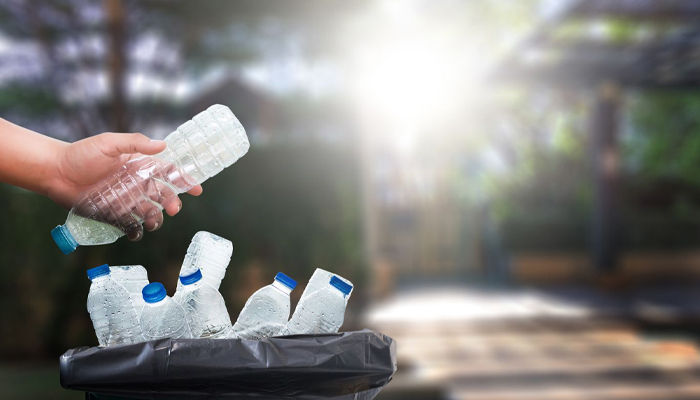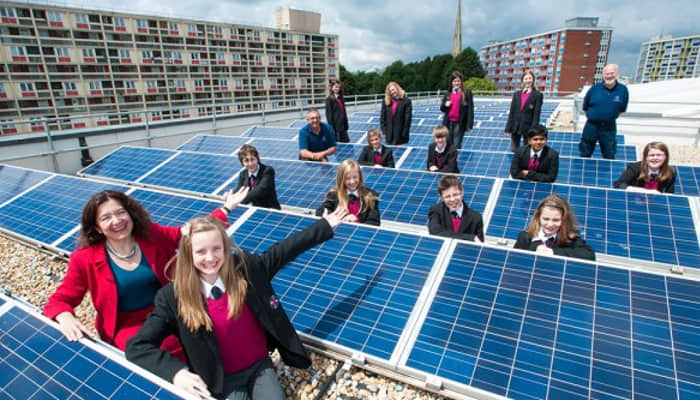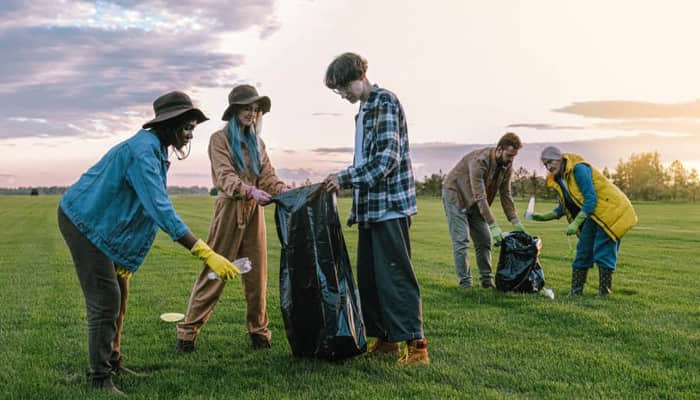
College life isn’t just about lectures, late-night pizza, and cramming for exams anymore. More and more, campuses across the country are becoming hubs of sustainability—places where environmental awareness isn’t just talked about in class, but lived out in everyday routines. From composting bins to solar panels, universities are stepping up to reduce their environmental footprint, and students are right there leading the charge.
So what exactly does sustainability look like on a modern college campus? And how can students get involved (without having to major in environmental science)? Let’s break it down.
Cutting Waste, One Coffee Cup at a Time

One of the easiest ways to spot a campus that cares about sustainability is to look in its trash cans—or, more accurately, the bins next to them. Recycling programs have gone from “optional” to “expected” at many schools, with labeled bins for paper, plastic, and even food waste in dorms, classrooms, and dining halls.
Some colleges are taking it a step further with composting. Schools like the University of California system and Middlebury College offer compost bins for food scraps, napkins, and compostable utensils. These efforts help divert thousands of pounds of waste from landfills each year.
Reusable mugs and containers are also becoming the norm, with many campus coffee shops offering discounts if you bring your own cup. It’s a small change, but when you think about how many cups students go through during finals week alone, it adds up fast.
Sustainable Dining: More Than Just a Salad Bar
Remember when “college food” meant mystery meat and soggy fries? Not anymore. Campus dining has gotten a serious green upgrade. More schools are working with local farmers, offering organic and plant-based options, and cutting down on food waste.
Take the University of Vermont, for example. They source much of their produce from nearby farms and even grow some on-campus. And schools like Colorado State University have meatless Mondays, encouraging students to try low-impact, vegetarian meals at least once a week.
There are also innovative food recovery programs where uneaten dining hall meals are packaged and donated to local shelters. It’s a win-win—reducing waste and helping the community.
Energy and Water: Efficiency in Action

Colleges are big energy consumers. Between 24-hour computer labs, dorm rooms full of devices, and massive lecture halls, it takes a lot of power to keep everything running. But many schools are investing in clean, renewable energy to offset their usage.
Solar panels are popping up on dorm roofs and parking garages. Some schools even use wind turbines or geothermal systems. Arizona State University, for instance, has one of the largest on-campus solar energy systems in the U.S.
Water conservation is also key. Many dorms now feature low-flow showerheads and toilets, motion-sensor faucets, and even landscaping that uses drought-resistant plants. These upgrades not only save resources—they save money, too.
Green Buildings and Eco-Friendly Dorms
New dorms and academic buildings aren’t just being designed with student comfort in mind—they’re being built to meet LEED (Leadership in Energy and Environmental Design) standards. This means using sustainable materials, optimizing natural light, and improving indoor air quality.
At schools like Stanford and Harvard, you’ll find entire dorms designed to use less water, recycle heat, and minimize electricity use. Some even have “green roofs” covered with grass and plants that help insulate buildings and reduce rainwater runoff.
And for students who want to go all-in, some campuses offer eco-living communities. These themed housing options encourage residents to live sustainably together—sharing meals, gardening, conserving energy, and hosting educational events.
Student-Led Sustainability: Activism in Action

None of this progress would be possible without student voices. Campus environmental clubs, sustainability committees, and green ambassadors play a huge role in pushing their schools to do better.
Want to get involved? Join your school’s sustainability office or volunteer for campus clean-up days. Start a clothing swap or a “free store” where students can donate and pick up gently used items. Advocate for plastic-free policies or more bike racks.
Some students have even helped create climate action plans or written proposals for green fees—small student charges that go toward funding eco-projects on campus. Don’t underestimate the power of a passionate group of students with a good idea (and a Google Doc).
Everyday Habits That Make a Difference
Even if you’re not organizing rallies or designing green buildings, there are tons of little things you can do every day:
Turn off lights when you leave the room
Unplug electronics instead of leaving them on standby
Use a reusable water bottle
Bike or walk to class instead of driving
Shop second-hand or participate in move-out donation programs
These habits may seem minor, but multiply them by thousands of students, and the impact is massive.
The Bottom Line: Green Is the New Normal

Sustainability on college campuses isn’t just a trend—it’s becoming the standard. Students, faculty, and administrators are recognizing that our planet’s future depends on what we do today, and campuses are the perfect place to try out bold, innovative solutions.
The best part? Sustainability doesn’t have to be complicated or expensive. Sometimes it’s as simple as saying no to a plastic straw or hitting the light switch when you leave the study room.
So whether you’re a freshman just learning the ropes or a grad student who’s been around the block, there’s always room to make your campus a little greener.
Ready to take the next step?
Ask your school:
Where does our food come from?
How is our energy sourced?
What can students do to support sustainability on campus?
Because making a difference doesn’t start with a big protest—it starts with curiosity, community, and maybe just bringing your own coffee cup.
